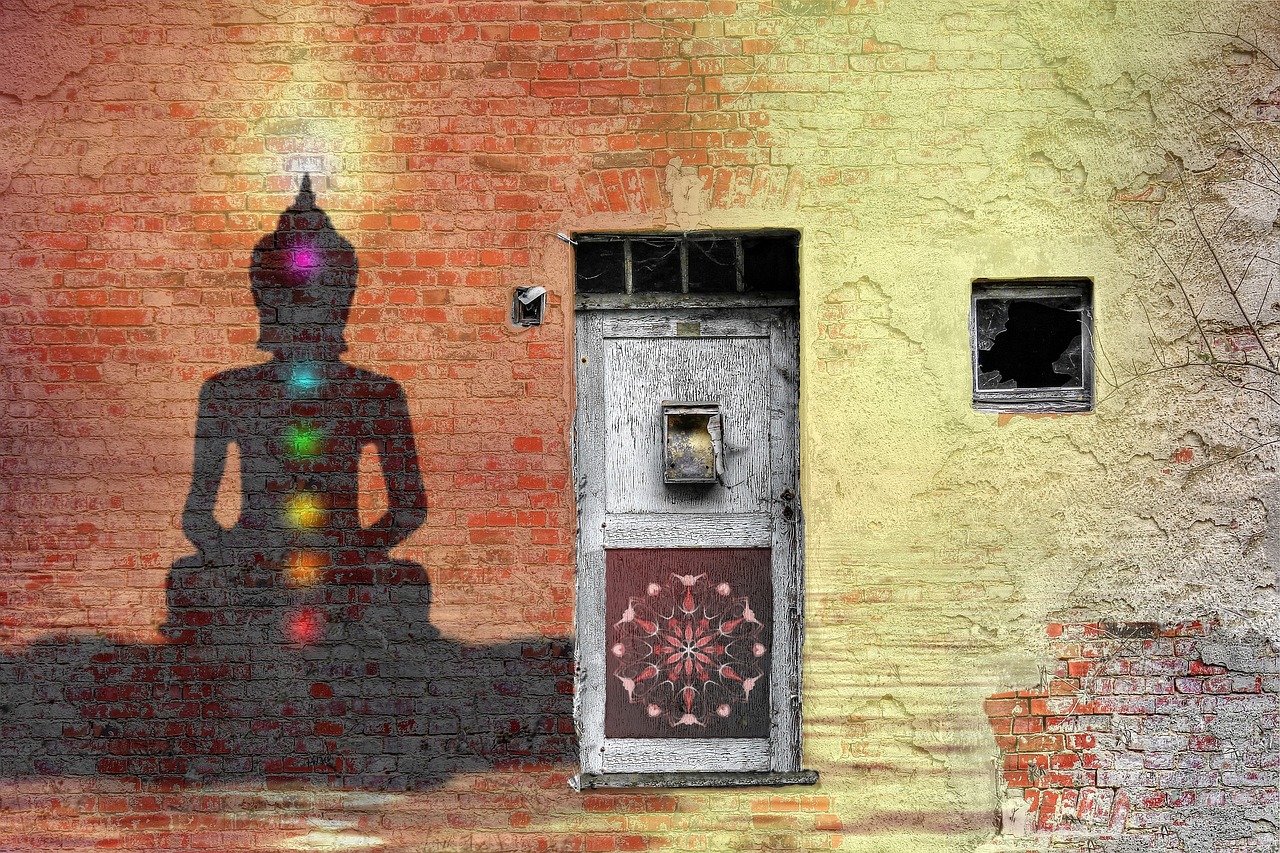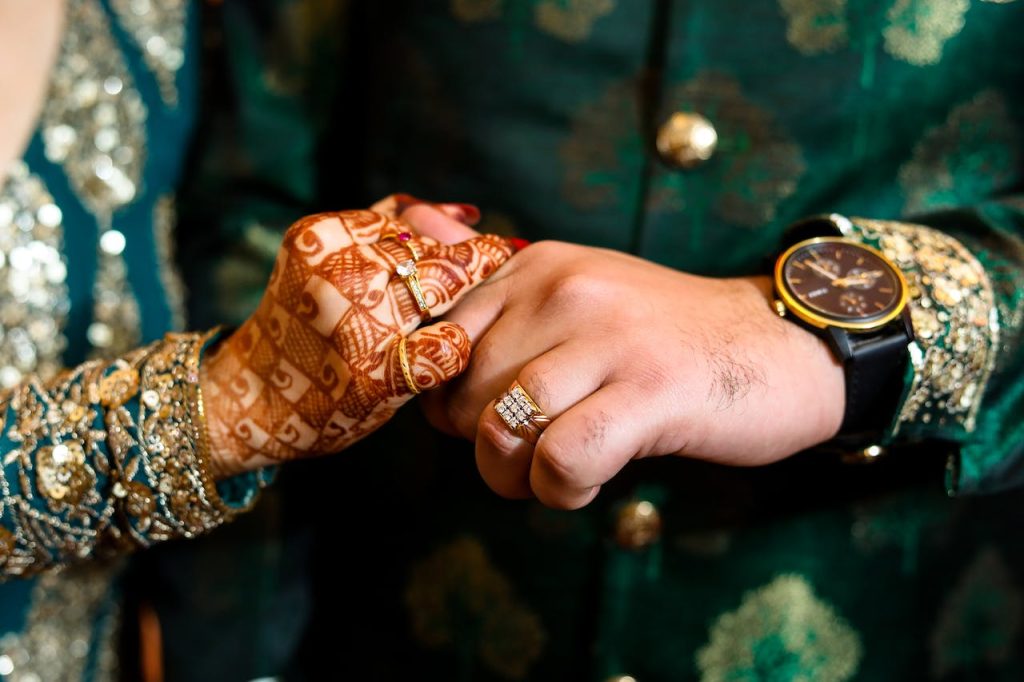Mandala coloring may seem like a simple activity, but it has actually been proven to be quite therapeutic. Studies show that a combination of mindfulness and creativity is extremely effective in reducing anxiety, stress and depression symptoms.
A prototype dubbed “Anima” allows users to color digital mandalas while an EEG headset reads their brainwaves. The results are displayed on a second screen in their periphery as a display of colors; more subtle colors equate to periods of mindfulness while brighter ones signify distraction.
Meditation
Mandalas are used in many ways by people around the world for various purposes including spiritual guidance, meditation, and relaxation. Many of these practices are centered on mindfulness, which is the state of being aware of and accepting your emotions in the moment.
This practice is the foundation of all forms of meditation and is a way to re-focus your mind when it wanders. It requires a lot of patience and discipline because it is hard to “shut off” the brain; however, with continued practice, you will become more effective at remaining focused and calm.
A common form of mindfulness meditation is the repetition of a mantra or sound, and it is this type of meditation that has been linked to improvements in mental health. It can help reduce stress, increase concentration and focus, lower blood pressure, improve sleep, and even increase pain tolerance.
Mindfulness is also the ability to recognize and appreciate positive experiences in your daily life. This can be challenging, as most of us have a tendency to focus on the negative aspects of our lives and neglect to notice moments of joy. Mindfulness is the process of noticing and then embracing these moments of joy, which can help to improve mood and overall well-being.
Several studies have shown that mindfulness meditation can actually change the structure of your brain. For example, eight weeks of practicing Mindfulness-Based Stress Reduction (MBSR) has been linked to increases in cortical thickness in the hippocampus, which is responsible for memory and learning, as well as decreased brain cell volume in the amygdala, which is associated with feelings of fear and anxiety. Additionally, a study by Sara Lazar of Harvard found that regular meditation can also decrease social anxiety.
Creating and coloring in a mandala can help reduce stress and promote mindfulness, such as in Spiritual Style at The Yoga Mandala. The repetition and symmetry of the design can create a sense of balance and calm, and the act of coloring itself causes brain waves to slow down, which can help you relax and de-stress.
Color Therapy
Color therapy, also known as chromotherapy, is a holistic treatment that uses different colors to promote healing on a mental and physical level. All of the colors we see fall within the spectrum of electromagnetic frequencies, and each color has a unique wavelength and energy. Warm colors tend to spark a variety of stimulating emotions, while cool colors often have calming effects.
For example, red may elicit feelings of anger, while blue can promote sadness. In order to reduce stress, it’s important to surround yourself with positive emotions. Color therapy can help with this by using certain colors to create a relaxing and supportive environment. For example, by limiting your exposure to artificial blue light at night and replacing it with warm tones, you can improve your sleep cycle and overall mood.
In addition, by practicing mindfulness and creating mandalas, you can use the power of color to bring you back to your happy place. Mandala coloring is a great way to express creativity, and the symbols and colors you choose can symbolize aspects of your personality or your journey through life.
Moreover, coloring has been shown to reduce stress and increase focus. It can even boost brain activity! This is why we love to incorporate mandalas into our meditation and mindfulness practices.
Another way to use color in a mindful way is by keeping a journal of your moods and how specific colors impact you. For instance, it’s been found that the color purple promotes self-knowledge and wisdom. While the color green promotes intuition and visualization.
Aside from promoting relaxation and peace, color therapy can be used to treat various ailments. For instance, if you suffer from insomnia, avoiding blue and other cool tones can improve your sleep cycle. It can also be used to combat depression by boosting serotonin levels. Additionally, if you suffer from anxiety, limiting your exposure to blue and other bright colors can decrease the symptoms. Try including a pop of color in your daily routine to experience the benefits of this holistic form of healing.
Symmetry and Balance

Symmetry and balance are important elements of art that help create a sense of harmony. They can be used to add contrast, highlight specific shapes or details, and even draw attention to a focal point within a composition. Balance is a distribution of visual weight based on size, color, texture and space. It is often confused with symmetry, but it is different in that symmetry refers to mirror images and balance is about the arrangement of visual weights.
There are many types of symmetry in art, but the most common is bilateral or formal balance. This is achieved when equal weight is placed on both sides of a central axis, which can be horizontal or vertical. The human face is a perfect example of bilateral symmetrical balance, as are the wings of a butterfly or a sunflower. Another type of symmetry is rotational balance, which is seen in the pattern of the petals on a flower or the ripples that appear in water after a rock has been tossed in. Finally, radial balance is found in nature as well. Rays of sunlight or the rings in a tree trunk are examples of radial balance.
While symmetry is often considered to be more balanced, it can also have negative effects. One of the most common problems with symmetrical art is that it can look static and uninteresting. The solution to this is to use asymmetrical elements to balance out the symmetry and give the work more life and movement.
For instance, the classic Greek statue Doryphoros (The Spearbearer) by Polykleitos uses asymmetry to make it seem more balanced and natural. The right leg is tensed, while the left is relaxed and bent, creating a more natural and harmonious pose.
Asymmetrical balance can also be used to create a sense of harmony in digital landscapes, where balancing symmetry and asymmetry is important for creating an engaging experience for users. This can be achieved by using asymmetry to break up symmetrical elements, or by contrasting asymmetrical shapes with a symmetrical shape. Asymmetrical balance is more dynamic than symmetry and can also be more difficult to achieve, but it is well worth the effort to create a cohesive and compelling design.
Spirituality
The practice of mindfulness can help to reduce stress and improve an individual’s mental health. While it may take a lot of patience and discipline to learn how to silence your brain, it has been found that it can also provide many benefits to one’s spirituality. This is because spirituality can give a person a sense of meaning to their life, which can then sustain them in challenging times.
The term spirituality can be used to describe a connection to something larger than yourself, and this can include religious beliefs and non-religious practices. It can even refer to a feeling of being connected to nature, music and art. Spirituality can be used to help a person better understand their world and the people in it, and can lead to healthy relationships and communities.
Mandalas are often used in Buddhist traditions for meditation and to represent the enlightened state of Buddha. These are created using sand, which is placed in precise patterns to create the image. Once it is completed, the monks will destroy the mandala to align with their belief that nothing is permanent. They will then disperse the sand in order to share its blessing with others.
A recent study has shown that mandala drawing can help to promote mindfulness and spirituality in participants. This is because drawing a mandala requires focus and concentration, and it can be a very therapeutic activity for those who struggle with anxiety or depression. The researchers found that participants who drew mandalas as part of an experimental task experienced greater improvements in their subjective well-being, mood and mindfulness than those who didn’t draw.
For teachers, mandalas are a great way to introduce or remind students of the concept of mindfulness. This is because it’s a more active form of meditation than simply sitting and breathing, and it can be used to teach concepts such as symmetry and pattern. In addition, it is an excellent way to incorporate arts, math and mental health in the classroom. For example, mandalas can be used as a form of creative meditation, while also helping to teach geometry and color theory.

